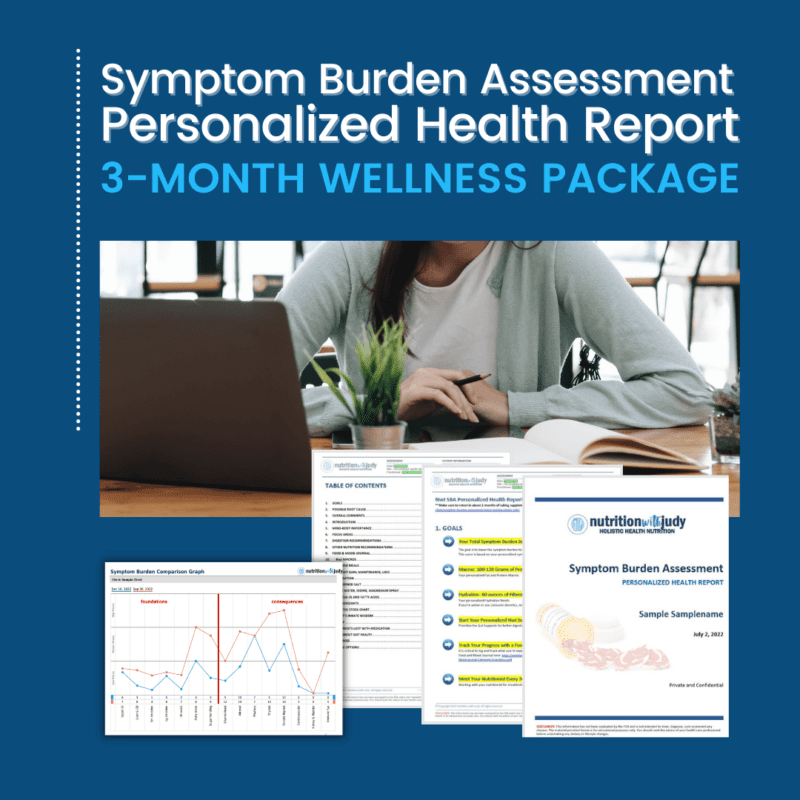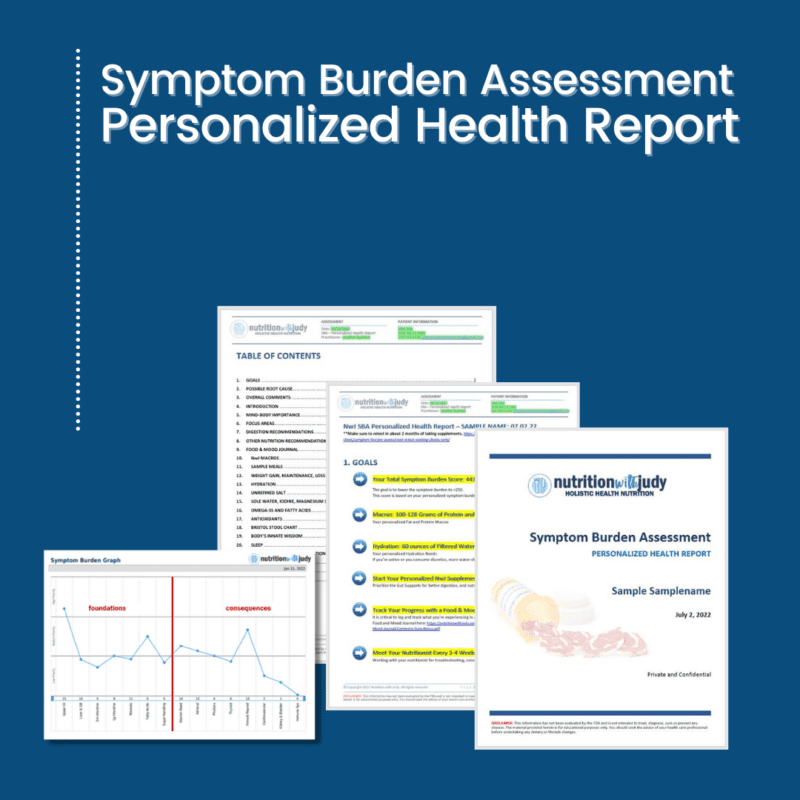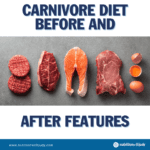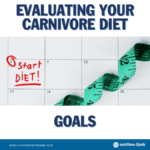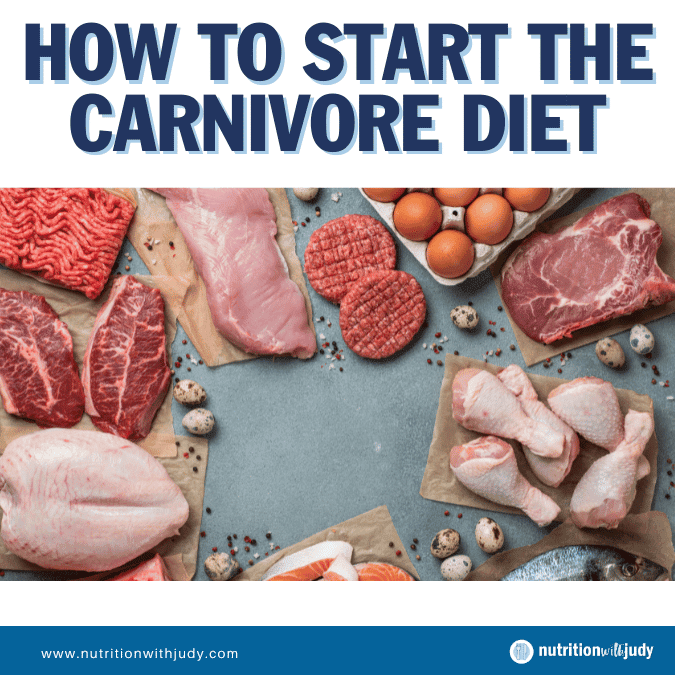

How to Start the Carnivore Diet


January, designated as World Carnivore Month, is a prime time for individuals to explore the carnivore diet, a way of eating that focuses on animal-based products. This diet has gained attention for its compelling benefits in various health aspects. Many are drawn to it for reasons such as managing autoimmune diseases, improving mental health, and addressing metabolic disorders such as type 2 diabetes and high cholesterol.
The carnivore diet, by eliminating plant-based foods, serves as a unique elimination diet that can support people suffering from metabolic diseases, autoimmune conditions, thyroid and hormone issues, and mental health challenges. It’s not just a dietary choice but a holistic approach to addressing health issues and overall wellness.
The emphasis is on bioavailable nutrients found in meat, which can be crucial in healing long-standing health issues. As each individual’s health journey is unique, the carnivore diet offers a personalized approach to discovering what works best for one’s body and health goals.
What Is the Carnivore Diet?
The carnivore diet, a regimen focusing on animal-based foods, offers several variations tailored to individual needs and health goals. Each variation has its unique features:
- Beef-Only Carnivore Diet: This approach emphasizes consuming only beef, often chosen for its simplicity and effectiveness in elimination diets. We recommend starting here if you have any autoimmune or chronic health issues you’re looking to support or put into remission. However, long-term adherence often requires incorporating a variety of meats for nutritional balance.
- Lion Diet: A stricter form of the carnivore diet, the lion diet consists only of ruminant meats, salt, and water. It is often used as a starting point in elimination protocols, with the potential for gradual reintroduction of other meats. As one of the stricter diets only containing ruminants, this is also a great place to start for individuals with autoimmune and gut healing needs.
- Nose-to-Tail Carnivore Diet: This variation advocates for consuming all parts of the animal, including organ meats, for a more comprehensive nutrient intake. Caution is advised regarding liver and kidney consumption, especially for those with certain liver conditions, as it can lead to nutrient imbalances such as vitamin A toxicity.
- Zero-Carb Carnivore Diet: Focusing on foods that contain zero to almost no carbohydrates, this diet includes dairy, eggs, and all meat, centering on meat and animal fat. Some individuals choose to include seasonings with this variation. If you don’t have any autoimmune or deeper chronic health issues as well as tolerate dairy and/or eggs, this could be a great option for you.
- Carnivore Keto Diet: This is a low-carb, high-fat approach, combining principles of the ketogenic diet with the carnivore diet. It aims to mimic the effects of fasting while offering more diet variation from keto options that are considered low toxicity in terms of plant anti-nutrients. Foods such as avocados and coconut oil are often included in a carnivore keto diet. This diet is recommended for individuals who are metabolically healthy and have already healed or mostly healed their chronic health issues.
- Carnivore-Ish Keto Diet: This variation allows for more flexibility, incorporating even more ketogenic elements while maintaining a focus on animal-based foods. Individuals eating a carnivore-ish keto diet may include alternative keto sweeteners, some nut products, and other keto varieties while remaining more meat-heavy. This diet is recommended for individuals who are metabolically healthy, have healed, and don’t suffer from food addiction issues.
- Animal-Based Diet: More inclusive than the strict carnivore diet, it includes animal products as the diet’s core but allows for the inclusion of fruit, honey, and raw dairy products. In our clinical practice, we’ve only seen healthy individuals with high metabolic flexibility and elite athletes do well on this diet.
Each of these diets caters to different needs, from managing autoimmune disorders and metabolic diseases to mental health improvements. The carnivore diet, in its various forms, is seen as a powerful tool for anti-inflammatory benefits and as an elimination diet to support those with metabolic, thyroid, and hormone issues.
What Are the Benefits of the Carnivore Diet?
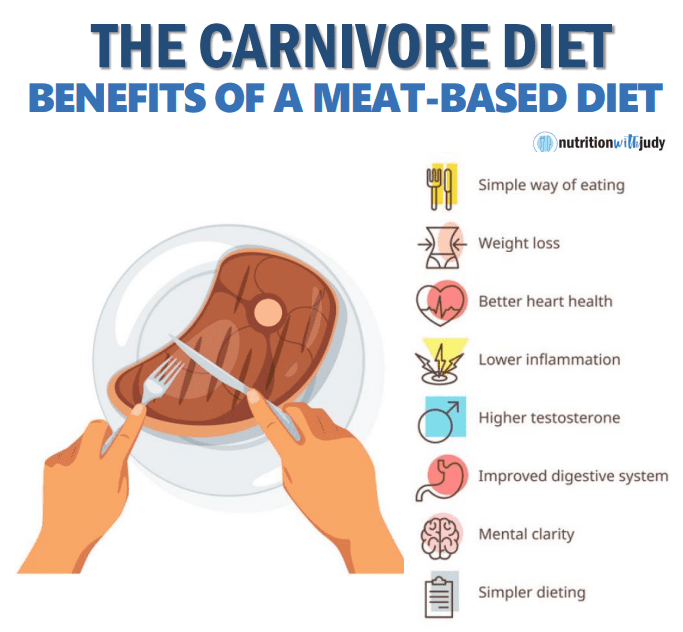

The carnivore diet, centered around consuming animal-based foods, presents a myriad of health benefits. Its primary advantage lies in its role as an effective elimination diet, making it ideal for individuals suffering from metabolic diseases, autoimmune conditions, thyroid, hormone issues, and beyond. Since it eliminates all other potential food triggers, the carnivore diet is a wonderful tool for helping individuals discover their root-cause healing needs.
While some people find that the carnivore diet is their root-cause healing therapeutic, others use it as an important tool for supporting their chronic conditions while they undergo root-cause treatment.
- Mental Health Improvements: Many have found relief from mental health issues such as depression, anxiety, and a love-hate relationship with food. This diet has proven to be a life-changing approach for those who have not found success with traditional treatments or prefer utilizing natural treatment methods over prescription medications.
- Physical Health Benefits: The diet has shown effectiveness in improving mobility, particularly for those with autoimmune diseases. It offers a nutrient-dense option for individuals looking to address a variety of health concerns.
- Adaptability: The carnivore diet is not a one-size-fits-all approach. It allows for personalization based on individual health needs, dietary tolerances, and specific health goals. With many diet variations, individuals can easily adapt this way of eating based on their background and specific needs.
- Anthropological Justification: Many argue that a carnivore diet aligns with our ancestral dietary habits, focusing on the consumption of fatty meats, which were historically sought after for their nutrient content.
- Bioavailable Nutrition: The carnivore diet offers the most bioavailable nutrient-dense foods for addressing a variety of common nutritional deficiencies such as iron deficiency anemia.
- Individual Tailoring: The diet emphasizes the importance of listening to one’s body and adjusting food choices accordingly. This includes the selection of different meats for their specific nutrient profiles, such as omega-3s in salmon or thiamine in pork.
- Holistic Approach: Beyond nutrition, the carnivore diet is part of a holistic health framework that includes stress management, mind-body connection, and cultivating positive relationships. It supports mental health, providing the ultimate mind-body support.
- Weight Management: While some individuals may temporarily experience weight gain, especially if transitioning from a calorie-restricted diet, the carnivore diet provides a framework for understanding and managing these changes effectively. It’s highly celebrated for weight loss and healthy weight maintenance, helping resolve any metabolic syndrome issues.
- Healing Chronic Illnesses: The carnivore diet has been especially beneficial for those with chronic illnesses, providing a way to explore the root causes of health issues and find personalized solutions for healing. By offering root-cause healing or optimal support along the way, the carnivore diet offers extensive benefits for individuals who are chronically ill.
In summary, the carnivore diet offers a versatile, nutrient-dense approach to eating that can be customized to individual health needs. Its focus on animal-based foods and the exclusion of potentially problematic food groups make it a unique dietary choice for addressing a wide range of health issues, from mental health to chronic physical conditions.
Who Should Try the Carnivore Diet?
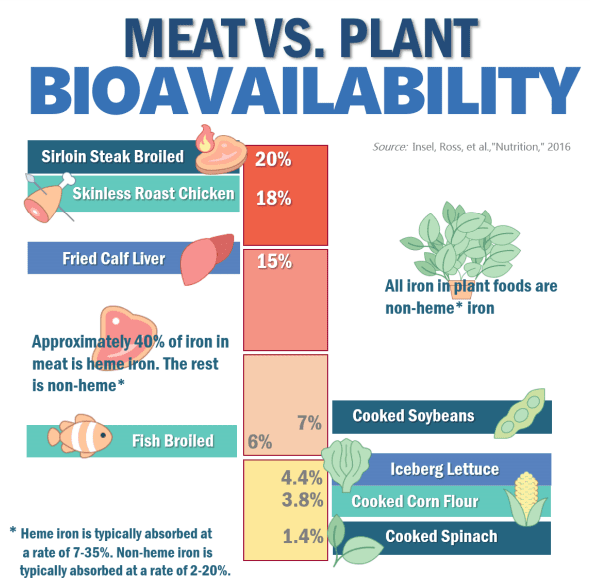

The carnivore diet, predominantly centered around animal-based foods, is suitable for a wide range of individuals, particularly those seeking to address specific health concerns. It’s an ideal choice for those suffering from metabolic diseases, autoimmune disorders, thyroid and hormone issues, and mental health challenges such as depression and anxiety. The diet has also attracted interest from individuals following ketogenic, paleo diets, or those seeking biohacks and leaner physiques.
The beauty of the carnivore diet lies in its adaptability. It’s not a one-size-fits-all approach; it allows for customization based on individual health needs and preferences. For instance, someone with insulin resistance or gut issues might find a meat-only, high-fat approach beneficial, while active athletes might require different nutritional considerations. People with mineral imbalances or food addictions can tailor their diets to address these specific concerns.
The diet’s flexibility extends to the types of meat consumed, allowing for a balance of nutrients. Benefits can be derived from eating a variety of meats such as salmon for omega-3s, pork for thiamine, and shellfish for copper and zinc balances. This variety ensures that the diet is not just about meat consumption but about obtaining a broad spectrum of essential nutrients.
In essence, the carnivore diet can be fine-tuned to meet the unique health requirements and goals of almost anyone, making it a versatile option in the realm of dietary choices.
How to Transition to a Carnivore Diet
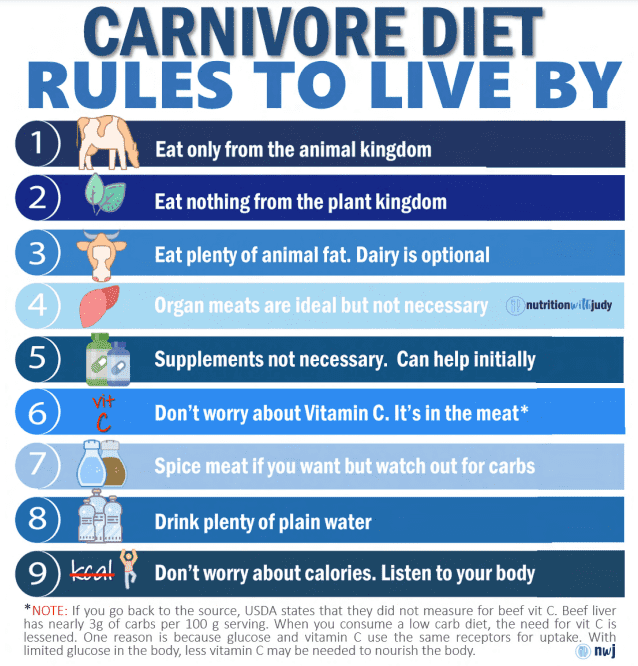

Transitioning to the carnivore diet is a highly individualized process, with no single best way to do it. The key is finding what works best for your body and health needs. For some, the transition might involve starting with a strict meat-only elimination diet to identify and address underlying health issues such as gut or hormone imbalances. Others may find a gradual transition more suitable, adjusting meal frequency and composition – for example, initially having more frequent meals and then reducing to two or three meals per day.
Importantly, the carnivore diet can be adapted for those with specific health conditions, such as non-alcoholic fatty liver disease (NAFLD), or for those recovering from conditions such as anorexia, where nutrient-dense foods are beneficial. Ultimately, the carnivore diet is about personal experimentation and adaptation to find the most effective and sustainable approach for each individual.
From the Standard American Diet (SAD) to the Carnivore Diet
Individuals transitioning from the Standard American Diet (SAD) to the carnivore diet face unique challenges, primarily due to the shift from glucose to fat as their primary energy source. This significant dietary change can trigger the “keto flu,” a temporary condition characterized by symptoms such as fatigue, headaches, and irritability, as the body adjusts to burning fat instead of carbohydrates.
There are two main approaches to transitioning from the SAD to the carnivore diet: slow and fast. Understanding what your personality type is may help with deciding if a slow transition or a fast transition is ideal for you. Abstainers often do better with fast transitions while moderators generally need to go slower.
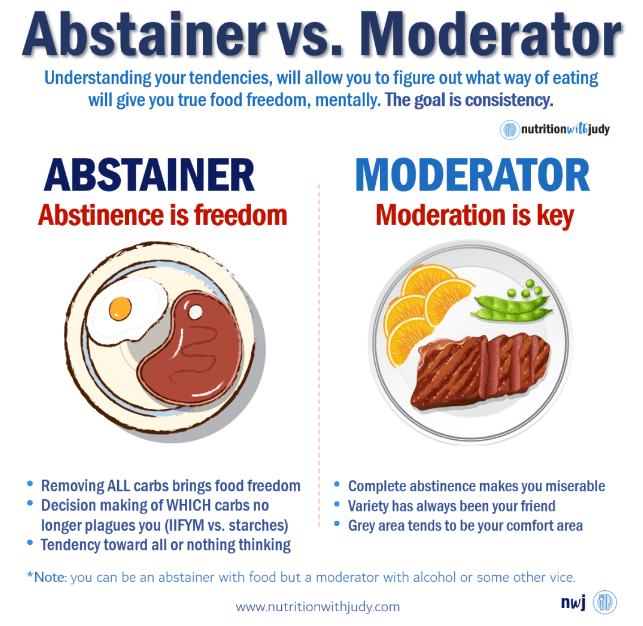

Slow Transition: This approach involves gradually reducing carbohydrate intake and increasing consumption of animal-based foods. It allows the body to adapt more gently to the new diet, potentially reducing the severity of keto flu symptoms. A slow transition can be more manageable for individuals who are accustomed to a high-carb diet, making it easier to stick to the new eating plan long-term.
Fast Transition: In contrast, a fast transition involves immediately switching to a carnivore diet. While this method can lead to quicker results, it may also cause more pronounced keto flu symptoms as the body rapidly adjusts to the new energy source. However, for some, this approach is preferred due to its directness and potential for quicker health benefits.
Regardless of the chosen method, it’s important to listen to your body and make adjustments as needed. This might involve managing electrolyte balance, as shifting to a carnivore diet can initially disrupt electrolyte levels, leading to symptoms such as muscle cramps and fatigue. Sole water is a great option for electrolytes while you transition. Learn more about sole water and find the recipe here.
Ultimately, the transition to a carnivore diet from the SAD is highly individualized. What works best for one person may not be suitable for another. It’s about finding the approach that aligns with your body’s needs, lifestyle, and health goals.
From Plant-Based to the Carnivore Diet
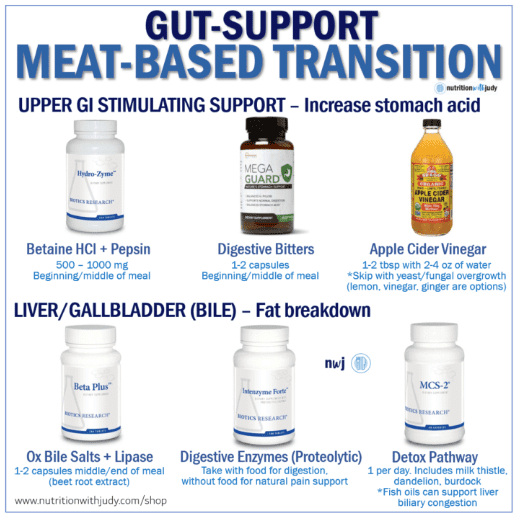

Individuals transitioning from a plant-based diet to a carnivore diet may face a different set of unique challenges due to significant dietary changes. One primary concern is the increased need for stomach acid and digestive enzymes. A plant-based diet typically requires less stomach acid and different enzymes compared to digesting meat-heavy meals. Therefore, the sudden increase in meat consumption can demand the body to produce more stomach acid and adapt its digestive processes accordingly. We often recommend hydrochloric acid (HCl) and digestive enzymes for temporary support during the transition.
Additionally, there’s a need to consider fat support. Individuals on plant-based diets are often not accustomed to the high-fat content typical of a carnivore diet. Transitioning may require a gradual increase in fat intake to allow the body to adapt to metabolizing more fats efficiently. This adaptation is crucial because a significant aspect of the carnivore diet involves using fats as a primary energy source, replacing carbohydrates. Temporary supports including ox bile can also help with fat adaption.
Plant-based diets are also often high in oxalates. Transitioning from a high-oxalate diet to a low-oxalate diet can result in oxalate dumping. Oxalate dumping symptoms can include skin rashes, mood changes, cramps, joint pain, gastrointestinal (GI) issues, urinary tract infection (UTI) symptoms, and more. For individuals coming from a high-oxalate diet, you may want to start slowly transitioning to the carnivore diet in order to minimize oxalate dumping. Make sure to support proper hydration and detox pathways as you detox from accumulated oxalates.
In summary, the transition from a plant-based to a carnivore diet is highly individualized and should be approached with an understanding of one’s unique health needs. It involves adapting to increased meat and fat intake, which can be a significant shift for the digestive system and overall metabolism.
From Low-Fat Whole Food Diets to the Carnivore Diet
Individuals transitioning from a low-fat diet to a carnivore diet need to consider their body’s adjustment to a significantly higher fat intake. The carnivore diet is typically rich in fats, which can be a substantial change for someone used to a low-fat regimen.
The primary concern during this transition is the ability of the gallbladder and liver to handle the increased fat consumption. Those on a low-fat diet may have a gallbladder that is not used to producing large amounts of bile, essential for fat digestion. This sudden increase in dietary fat can lead to digestive issues such as loose stools or constipation, as the gallbladder and liver might initially struggle to produce enough bile to digest the fats efficiently.
To aid in this transition, individuals may need to incorporate digestive enzymes, particularly lipase (which aids in fat digestion) and protease (for protein digestion). We also recommend ox bile as a fat digestion temporary support. These enzymes and supports can help ease the digestive system into handling the increased fat content found in a carnivore diet. It’s also advisable to gradually increase fat intake rather than diving into a high-fat diet immediately, allowing the body time to adapt its digestive processes.
Additionally, the transition might require an increase in stomach acid production. Many people already have low stomach acid, often requiring additional support. A carnivore diet involves more protein consumption, necessitating more stomach acid for efficient digestion. Hydro-Zyme or Betaine Plus HP are usually the HCl supplements we recommend for helping with this transition.
In summary, transitioning from a low-fat diet to a carnivore diet should be gradual, with an emphasis on supporting the body’s digestive capacity through enzymes and a slow increase in dietary fats.
From Low-Histamine Diet to the Carnivore Diet
Individuals transitioning from a low-histamine diet to a carnivore diet should be mindful of their unique dietary requirements. A low-histamine carnivore diet is possible, but it requires careful attention to meat sourcing and preparation to avoid histamine triggers. Freshness is key, as histamine levels in meat can increase with time after slaughter.
Selecting meats that are fresh, unaged, frozen immediately after processing, or cooked and eaten promptly can help manage histamine levels. It’s also advisable to avoid and/or limit processed meats, organ meats, egg whites, bone broth, and seafood.
Additionally, individuals may need to consider digestive support during this transition. Transitioning from a low-histamine diet, which may have been lower in protein and fats, to a carnivore diet rich in these macronutrients can require the body to produce more stomach acid and digestive enzymes. This increased demand on the digestive system can be supported through gradual dietary changes and possibly supplemental digestive enzymes if necessary.
Lastly, the transition should be personalized. Not everyone will respond the same way to dietary changes, and it may take time to determine the best approach for an individual’s needs and sensitivities. Monitoring reactions and adjusting the diet accordingly is crucial for a successful transition from a low-histamine diet to a carnivore diet.
From Keto and Other Low-Carb Diets to the Carnivore Diet
Individuals transitioning from a keto or low-carb diet to the carnivore diet generally find it to be one of the easier dietary shifts. This is largely due to the high-fat nature of both diets, which means the body is already accustomed to using fat as a primary energy source. In keto and low-carb diets, the body reduces its reliance on glucose for energy, making the switch to a carnivore diet—a regimen that also relies heavily on fat and protein for energy—a smoother transition.
During this transition, it’s essential to maintain a focus on consuming adequate fats, which provide the necessary energy boost as glucose intake is further reduced. This is particularly crucial as relying solely on protein without sufficient fat can lead to inefficient metabolic processes.
Another factor to consider is meal frequency. While some individuals on keto or low-carb diets may be accustomed to eating multiple small meals throughout the day, the carnivore diet often involves fewer, more substantial meals. Adjusting to this new eating pattern can take some time, and individuals should tailor their approach to what works best for their bodies and lifestyles. Many people on the carnivore diet find themselves naturally intermittent fasting although this is not required. The only thing we recommend against doing long-term is one meal a day (OMAD), you can learn more about the risks of OMAD here.
In summary, transitioning from a keto or low-carb diet to a carnivore diet is typically more straightforward due to the shared emphasis on high fat intake and reduced carbohydrate consumption. However, attention to fat intake and meal frequency is crucial for a successful transition.
How to Support the Keto/Low-Carb Flu
Transitioning to a carnivore diet from a high-carb diet can sometimes lead to symptoms similar to the keto flu, including fatigue, headaches, and heart palpitations. These symptoms are often related to electrolyte imbalances and can be mitigated with several strategies:
- Manage Electrolytes: Adequate electrolyte management is crucial. Supplementing with electrolytes can be beneficial, especially in the initial stages of the transition. However, it’s important to find a balance and allow the body to adjust naturally over time. Key electrolytes include sodium, potassium, magnesium, and calcium. Sole water is our preferred electrolyte option that’s well-tolerated by most. Increasing your salt intake to adjust for the lack of carbs in the diet is crucial; many people find themselves eating significantly more salt on the carnivore diet when compared to other diets.
- Stay Hydrated: Maintaining hydration is essential. Dehydration can exacerbate keto flu symptoms, so drinking enough water is important. However, it’s also crucial not to overdo it, as excessive water intake can dilute electrolytes.
- Meal Frequency and Size: Adjusting meal frequency and size can help manage energy levels and symptoms. Some individuals might find eating smaller, more frequent meals helpful initially, though the ideal is typically two to three substantial meals per day. This adjustment can help stabilize energy levels and reduce fluctuations in cortisol and insulin.
- Gradual Dietary Changes: Making gradual changes to the diet instead of abrupt shifts can help ease the transition. This approach allows the body time to adapt to the increased fat and protein intake characteristic of the carnivore diet.
- Listen to Your Body: It’s important to listen to your body and adjust your diet accordingly. If certain foods or eating patterns exacerbate symptoms, it may be necessary to modify them. A Food and Mood Journal is a great way to help track symptoms as you transition to the carnivore diet.
- Supplement Wisely: We often recommend supplements as temporary supports as you transition to this way of eating. If you find that you’re unable to tolerate the carnivore diet without the supports after about six months, it’s time to look for a deeper root cause. Root-cause conditions such as Chronic Inflammatory Response Syndrome (CIRS) can impact fat adaptability, electrolyte balance, and so much more.
- Seek Medical Advice: Consult with your trusted carnivore diet healthcare provider, especially if you’re struggling with chronic illness, autoimmunity, or other severe health issues. Dietary changes can impact medication requirements, so it’s important to monitor this closely.
By following these tips and paying close attention to how the body responds, individuals can reduce the symptoms of the keto/low-carb flu and make the transition to a carnivore diet smoother and more comfortable.
Temporary Carnivore Diet Supports
Individuals transitioning to the carnivore diet may benefit from certain supplements, especially during the initial phase, to help their bodies adapt more comfortably. Some key supplements to consider are:
- Electrolytes: Electrolytes such as sodium, potassium, magnesium, and calcium are crucial, especially in the early stages of the diet. They can help mitigate symptoms including muscle cramps, headaches, and fatigue often associated with dietary transitions.
- Digestive Enzymes and HCl: These can be particularly helpful for those who are not used to digesting high amounts of protein and fat. Enzymes can aid in the digestion process, ensuring efficient nutrient absorption and reducing digestive discomfort.
- Vitamin B6: This water-soluble vitamin is essential for protein digestion and absorption. Ensuring adequate vitamin B6 intake can support the body’s ability to break down and utilize the higher protein content of the carnivore diet. Hydro-Zyme, a recommended HCl supplement, contains vitamin B6 to help with optimal digestion.
- Omega-3 Fatty Acids: While the carnivore diet is rich in fats, supplementing with omega-3s (from sources such as fish oil) can balance essential fatty acids, especially if the diet is heavy in red meats and low in fish. Grass-finished ruminants and pasture-raised poultry and eggs contain small amounts of omega-3s. If you’re unable to get an omega-3-rich food source in your diet, Omaprem SPM and MicroBiome Labs MegaMarine are a couple of our favorites.
It’s important to note that these supplements should be used as temporary aids while the body adjusts to the new diet. Over time, the goal is for the carnivore diet to provide all necessary nutrients without the need for supplementation. As always, individuals should consult with a healthcare provider before starting any new supplement regimen, especially if they have underlying health conditions or are taking medication.
The Importance of Increasing Salt for Transitioning to the Carnivore Diet
Transitioning from a high-carb to a low-carb diet, such as the carnivore diet, often leads to a significant reduction in insulin levels. This reduction causes the kidneys to excrete more sodium, leading to an imbalance of electrolytes in the body. Electrolytes, including sodium, potassium, and magnesium, are crucial for many bodily functions, including fluid balance, nerve signaling, and muscle contraction. To compensate for this loss of sodium and maintain electrolyte balance, increasing salt intake becomes essential. Adequate salt and electrolyte supplementation can help prevent symptoms such as fatigue, headaches, and muscle cramps, commonly known as the “keto flu” during the initial phase of transitioning to a low-carb diet.
Closing Thought On How to Start the Carnivore Diet
Embarking on the carnivore diet is a journey that requires thoughtful consideration and adaptation to individual needs. Transitioning to this diet varies significantly based on one’s prior dietary habits, whether coming from a standard American, plant-based, low-fat, low-histamine, or keto diet. Key to this transition is understanding and managing the shift in macronutrient intake, particularly the increase in protein and fat consumption, which can initially challenge the body’s digestive and metabolic processes.
Supplementing with electrolytes and potentially digestive enzymes can be crucial in the early stages to mitigate transitional symptoms such as the keto flu. Gradual dietary changes, listening to your body, and possibly consulting a healthcare provider are important steps in ensuring a smooth transition.
What stands out is the diet’s versatility and adaptability. It can be tailored to meet various health goals and dietary restrictions, making it a viable option for many. However, the emphasis on high fat and protein intake necessitates a mindful approach to prevent nutritional imbalances and ensure overall health.
In summary, starting a carnivore diet is a personalized process, demanding attention to one’s unique health requirements and dietary history. With proper management and adaptation, it offers a path to potential health benefits, aligning with individual wellness goals.
Work With Our Trusted Carnivore Diet Functional Nutritional Therapy Practitioners
The Nutrition with Judy practice is honored to be a trusted carnivore diet practitioner support serving clients from around the globe. We’re passionate about helping our clients achieve root-cause healing in order to lead the best quality of life possible that’s nearly symptom-free. Our team is dedicated to educating our community about the incredible benefits of the carnivore diet. We welcome you to explore our free resources and are always available to support you through personalized protocols. Our Symptom Burden Assessment (SBA) is the perfect starting point for discovering your root cause and is required to work with our team— you can learn more in-depth about this powerful tool here.
Start your root-cause healing journey today and contact us any time with any questions or concerns.
DISCLAIMER: This content is for educational purposes only. While we are board-certified in holistic nutrition and are nutritional therapy practitioners, we are not providing medical advice. Whenever you start a new diet or protocol, always consult with your trusted practitioner first.


